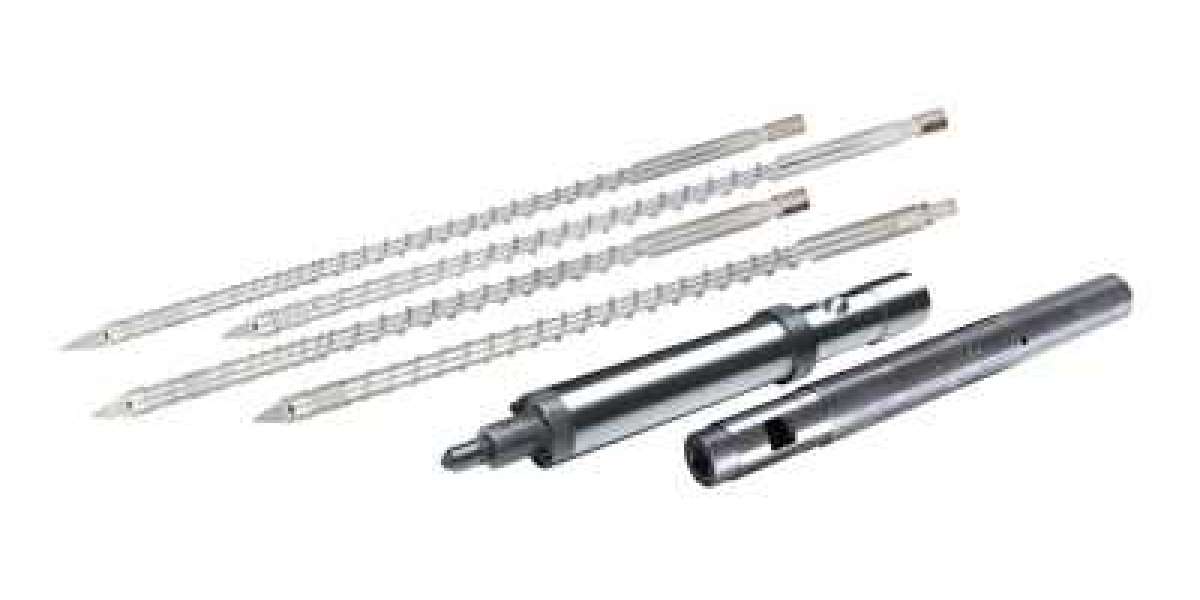In today's competitive global marketplace, plastics processors can gain an advantage by incorporating some relatively simple practices into their operations. In injection molding, extrusion, or blow molding, the plasticizing unit is the key to production efficiency and final product quality.
The main components of the plasticizing unit, the feed screw, and barrel, should be designed to provide maximum melting efficiency with the original clearance between the inner diameter of the barrel wall and the outer diameter of the screw threads. These gaps are typically small (0.001 inch/side, per inch diameter) for good heat transfer and shear rates.
Wear begins as soon as the screw begins to rotate within the barrel. Wear can occur on the screw flight or barrel surface, or both. The harder the material being processed, whether it's abrasive fillers in the polymer being processed or "entrainment" of metal particles that are not part of the melt stream, the faster wear will occur and the original clearance will increase.
As the gap increases, the melting efficiency will decrease. Since melting efficiency drops at the initial setting, many operators tend to compensate by increasing screw speed, adjusting barrel temperature, increasing back pressure, or
some combination of these adjustments.
These adjustments are operators trying to avoid longer cycles, unmelted material, higher melt temperatures, or higher scrap rates. Often these changes are incremental and go unnoticed until they significantly impact the part quality or productivity.
When plasticization rates, production rates (in pounds per hour or parts), or scrap rates reach unacceptable levels, process engineers may start looking for the cause. Unfortunately, unless there is a spare screw or barrel around, there may not be a quick fix at the moment. If a replacement part is available, it can be done in a day or so. If not, the line will have to shut down or run at reduced efficiency until replacement parts can be found and installed.








